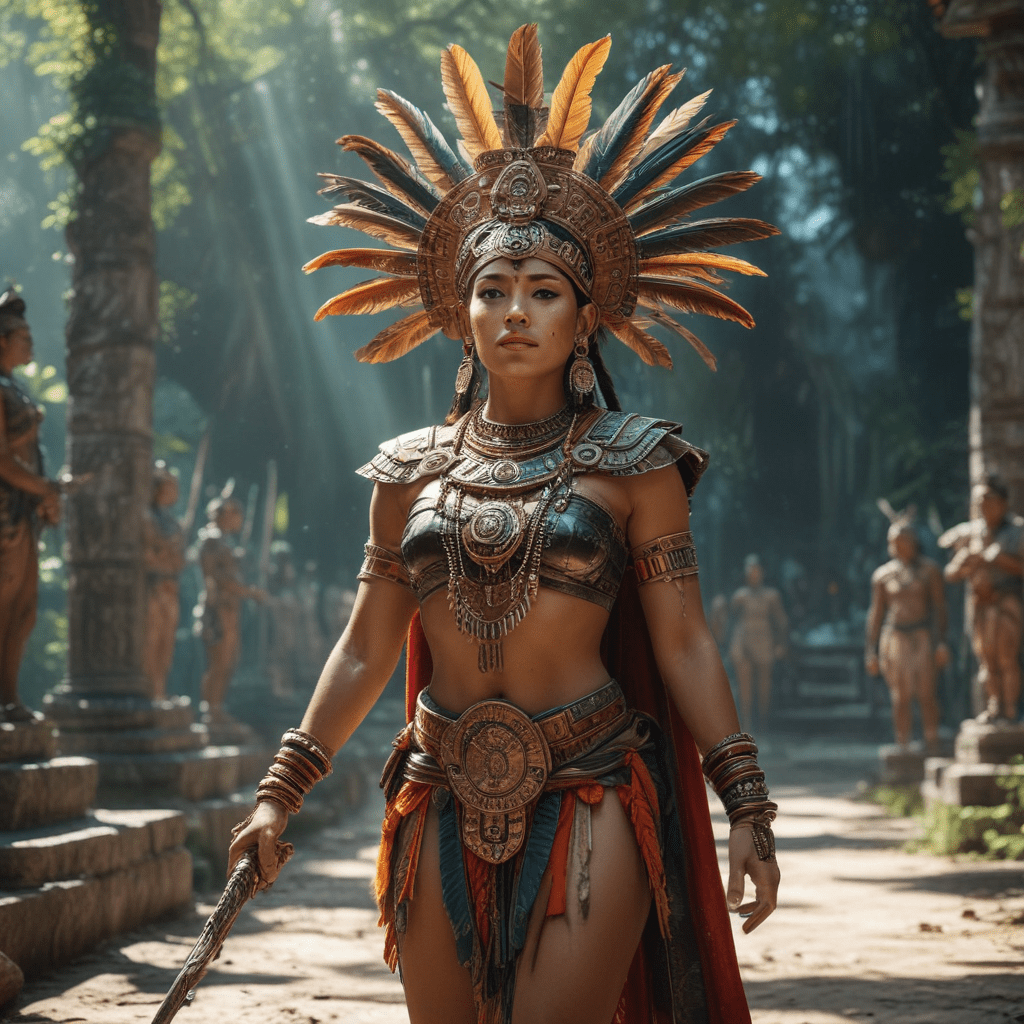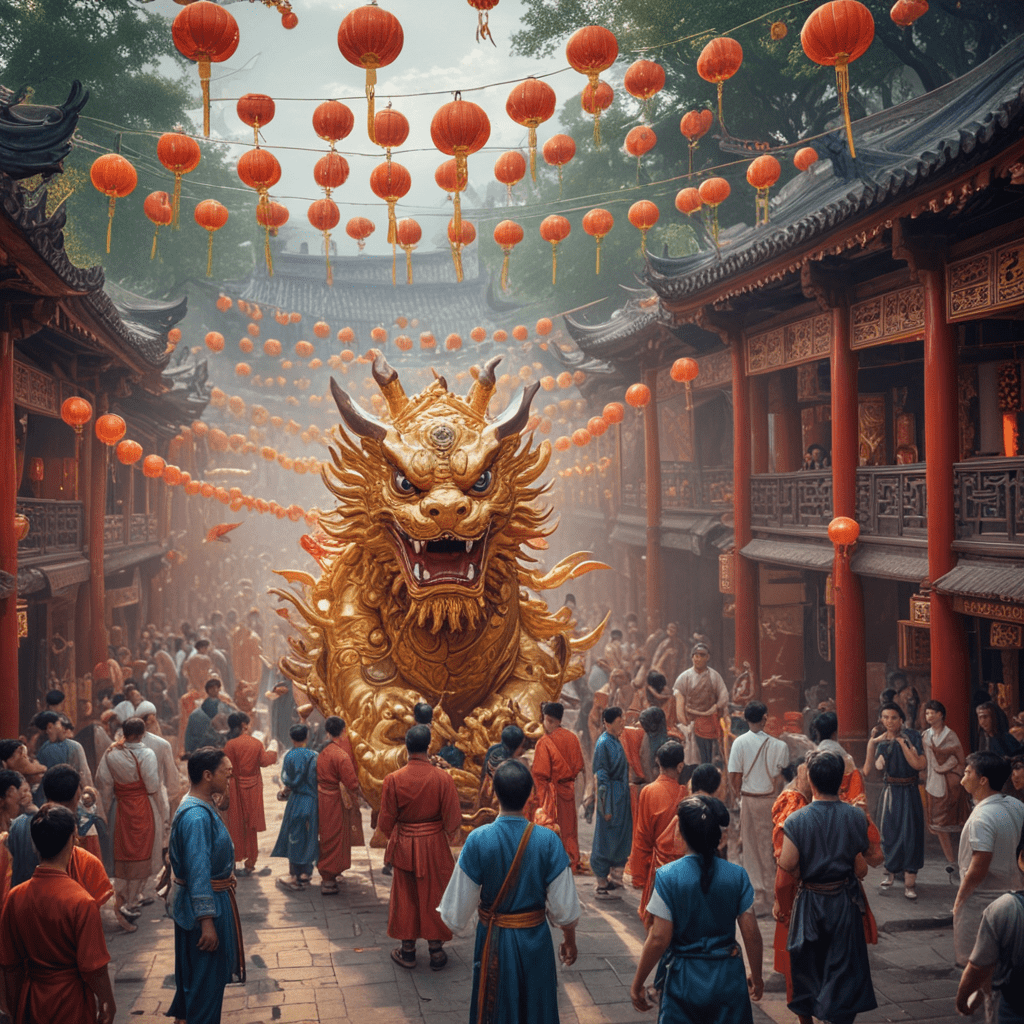2.1 Exploring the Rich Tapestry of Mayan Rituals and Ceremonies
The ancient Maya, a Mesoamerican civilization that flourished in Central America from 2000 BCE to 900 CE, left behind a legacy of intricate and fascinating rituals and ceremonies. These practices were deeply embedded in their mythology and worldview, serving as the bedrock of their social, political, and spiritual lives. Delving into the fascinating world of Mayan rituals and ceremonies allows us to not only appreciate the complexity of their culture but also to understand the profound ways they connected with the sacred, sought to appease the gods, and maintained the delicate balance between the human world and the divine realm.
2.2 Understanding the Significance of Rituals in Mayan Culture
Rituals and ceremonies were not mere formalities or symbolic gestures for the ancient Maya. They were the lifeblood of their culture, permeating every aspect of their daily existence. These sacred acts served a multitude of purposes, including:
- Connecting with the Divine: Through elaborate ceremonies and offerings, the Maya aimed to establish a bridge between the human realm and the realm of the gods. They believed that rituals appeased the deities, ensured their favor, and brought prosperity to their communities.
- Maintaining Cosmic Balance: The Maya perceived their universe as a delicately balanced system where humans played a vital role. Rituals were seen as a way to maintain this balance and prevent cosmic disruptions that could lead to famine, disease, or other calamities.
- Celebrating Life's Cycles and Transitions: From birth and marriage to death and rebirth, rituals marked and sanctified important milestones in individual lives. These ceremonies provided opportunities for community bonding, reaffirmation of social roles, and spiritual guidance through life's transitions.
6. The Significance of Specific Rituals and Ceremonies
While the Maya practiced a vast array of rituals, certain ceremonies held particular importance in their mythology and cultural life. Here, we delve into three prominent examples:
6.1 The New Fire Ceremony
Marking the end of a 52-year calendar cycle, the New Fire Ceremony was a momentous event for the Maya. It involved extinguishing all existing fires across their communities and re-kindling the sacred flame from scratch, symbolizing renewal and rebirth. This ceremony served as a powerful reminder of the cyclical nature of time and the Maya's deep connection to the cosmos.
6.2 The K’in Ceremony
This annual ceremony celebrated the 260-day sacred calendar, known as the Tzolkin. It involved offerings, prayers, and rituals designed to appease the deities associated with each day of the calendar. The K'in Ceremony played a crucial role in maintaining the balance between the earthly and spiritual realms, ensuring the continued well-being of the Maya people.
6.3 The Wayeb Ceremony
Held at the end of the Haab' (365-day) calendar, the Wayeb Ceremony marked a time of introspection and reflection. It focused on appeasing the gods responsible for the rainy season and ensuring a bountiful harvest in the coming year. This ceremony acknowledged the Maya's dependence on the natural world and their responsibility to live in harmony with it.
7. The Interpretation of Mayan Rituals
Understanding the symbolism and deeper meaning embedded in Mayan rituals allows us to appreciate their complexity and cultural significance.
7.1 Symbolism and Cosmology
The Maya used various symbolic elements in their rituals, each carrying specific meanings. For instance, bloodletting was seen as a way to nourish the gods, while offerings of incense and food represented a form of communication with the divine. These symbolic acts reflected the Maya's intricate understanding of the cosmos and their place within it.
7.2 The Meaning of Offerings and Sacrifices
Offerings and sacrifices played a central role in Mayan rituals, serving as a means of appeasement and supplication to the gods. The nature of the offering, whether it be food, precious objects, or even human blood, held significant meaning. These sacrifices were believed to maintain the cosmic balance and ensure the continued well-being of the Maya people.
7.3 Understanding Ritual Language and Gestures
The Maya employed a specific ritual language and gestures during ceremonies, adding another layer of complexity and meaning. These elements were often esoteric and understood only by the shamans and priests who conducted the rituals. Deciphering this ritual language helps us gain deeper insights into the Maya's beliefs and practices.
8. Theories on the Evolution of Mayan Rituals
Understanding the evolution of Mayan rituals involves examining historical, archaeological, and cultural influences.
8.1 Historical and Archaeological Evidence
Archaeological evidence from Maya sites, including temple murals, inscriptions, and artifacts, provides valuable clues about the nature and evolution of their rituals. These findings, combined with historical records and oral traditions, help us trace the development of specific rituals and their significance over time.
8.2 The Influence of Other Mesoamerican Cultures
The Maya interacted extensively with other Mesoamerican cultures, such as the Olmecs and the Aztecs. This interaction led to the exchange of ideas and practices, influencing the development of Mayan rituals. For instance, the Maya adopted the concept of bloodletting from the Olmecs, integrating it into their own ritual practices.
8.3 The Impact of Spanish Conquest and Colonization
The Spanish conquest in the 16th century had a significant impact on Mayan culture, including their rituals and ceremonies. While the Spanish actively suppressed many indigenous practices, certain elements of Mayan rituals survived, often disguised within Christian traditions. This resulted in a unique syncretism of beliefs and practices that continues to be observed in some contemporary Maya communities.
9. The Legacy of Mayan Rituals and Ceremonies
The legacy of Mayan rituals and ceremonies lives on in various ways.
9.1 Modern Maya Communities and Ritual Practices
Despite the challenges posed by colonization and modernization, many contemporary Maya communities continue to practice their ancestral rituals and ceremonies. These traditions, often adapted to modern contexts, serve as a vital link to their cultural heritage and spiritual beliefs.
9.2 The Influence of Mayan Rituals in Popular Culture
The fascination with Mayan mythology and rituals has extended into popular culture, inspiring works of art, literature, and film. This increased awareness of Mayan culture, while not always accurate, highlights the enduring legacy of their ritual practices and their significance in understanding human spirituality and our connection to the cosmos.
9.3 The Importance of Preserving Cultural Heritage
Preserving the cultural heritage of the Maya, including their rituals and ceremonies, is crucial for maintaining the diversity of human expression and safeguarding the knowledge embedded in these ancient traditions. By understanding and appreciating these practices, we gain valuable insights into the human condition and our relationship with the world around us.
10. Conclusion
10.1 Reflecting on the Significance of Mayan Rituals
Delving into the world of Mayan rituals and ceremonies allows us to appreciate their profound significance in the Maya's cultural life and mythological beliefs. These practices served as a bridge between the human and divine realms, a means of maintaining cosmic balance, and a way of marking important life transitions. By understanding the symbolism, meaning, and evolution of these rituals, we gain a deeper appreciation for the Maya's complex worldview and their enduring legacy.
10.2 The Enduring Legacy of Mayan Mythology
The rich tapestry of Mayan mythology, with its intricate rituals and ceremonies, continues to inspire and intrigue us today. By exploring these ancient practices, we gain valuable insights into human spirituality, our connection to the cosmos, and the enduring power of cultural heritage



